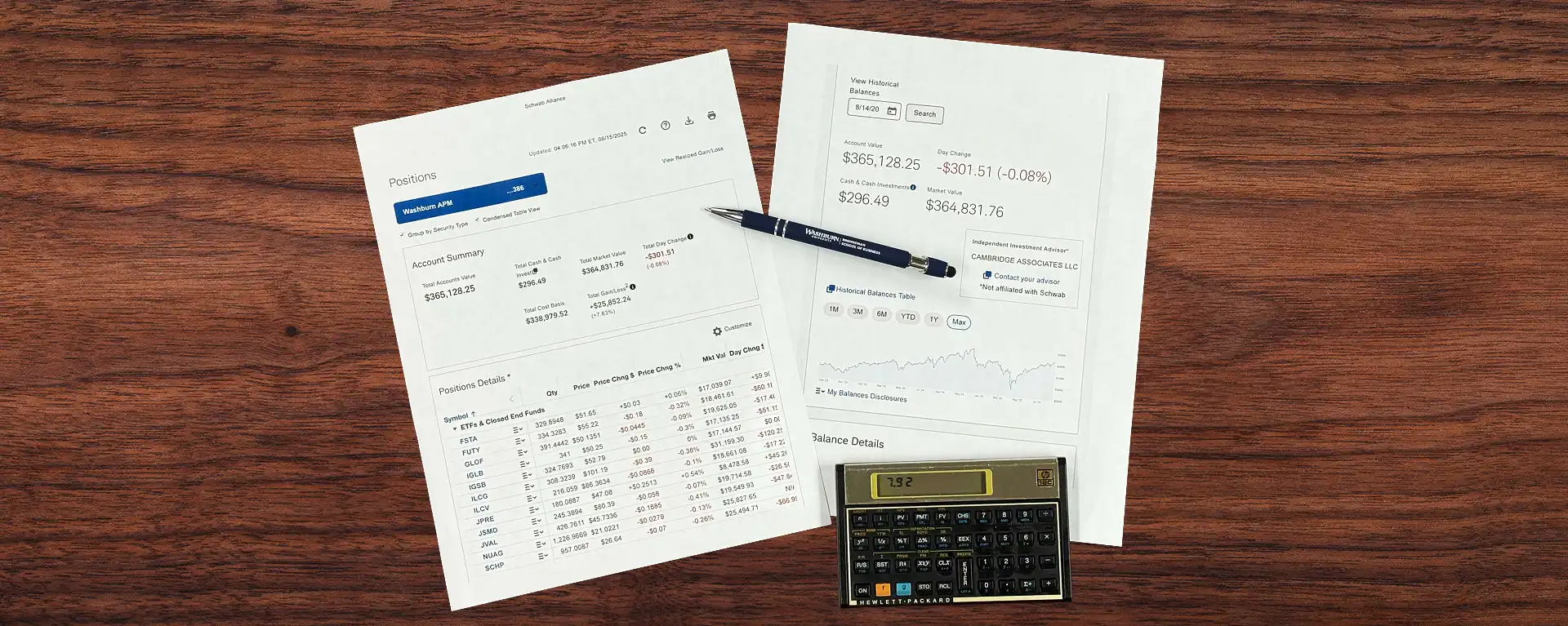
Applied Portfolio Management
Brenneman School of Business finance and economics majors experience the real-life ups and downs of managing an actual portfolio of stocks when they enroll in the BU484 Applied Portfolio Management course. They first learn the fundamentals of risk and reward and then apply what they have learned to the management of a portfolio now exceeding $350,000. The course operates like a business within the Brenneman School of Business. Students gain real-world experience as they are promoted through a series of job responsibilities including research associate, research analyst and portfolio manager. They learn to use professional-grade databases, like S&P Capital IQ and Morningstar Direct, to execute the appropriate analyses and then buy and sell positions to grow the portfolio.

GET IN TOUCH WITH Brenneman School of Business
Physical Address
1729 SW MacVicar Avenue
Topeka, KS 66604
Mailing Address
1700 SW College Avenue
Topeka, KS 66621
Connect
785.670.1308
Fax: 785.670.1063
business@washburn.edu
![]()
![]()
![]()

